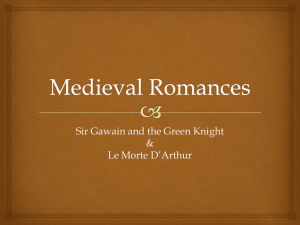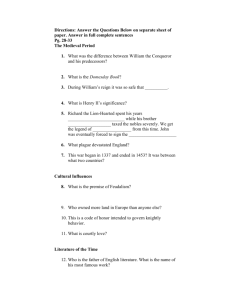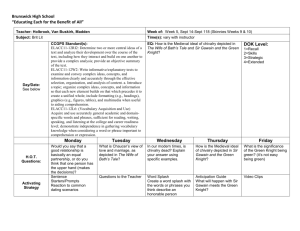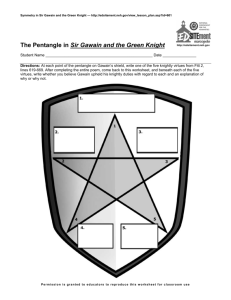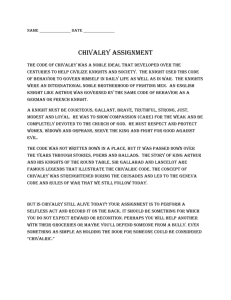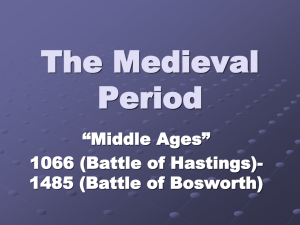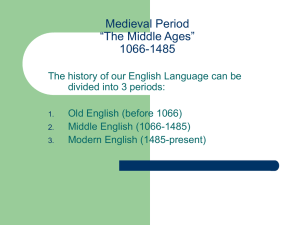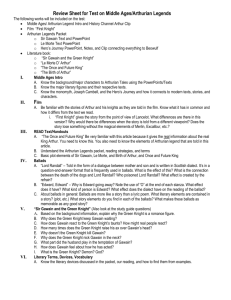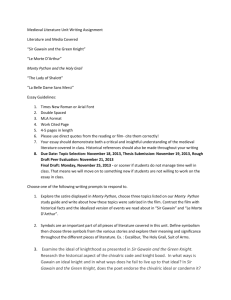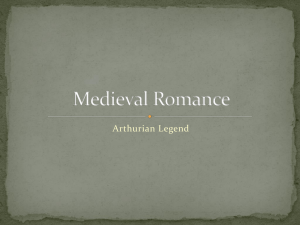Gawain and the Green Knight ENRICHMENT
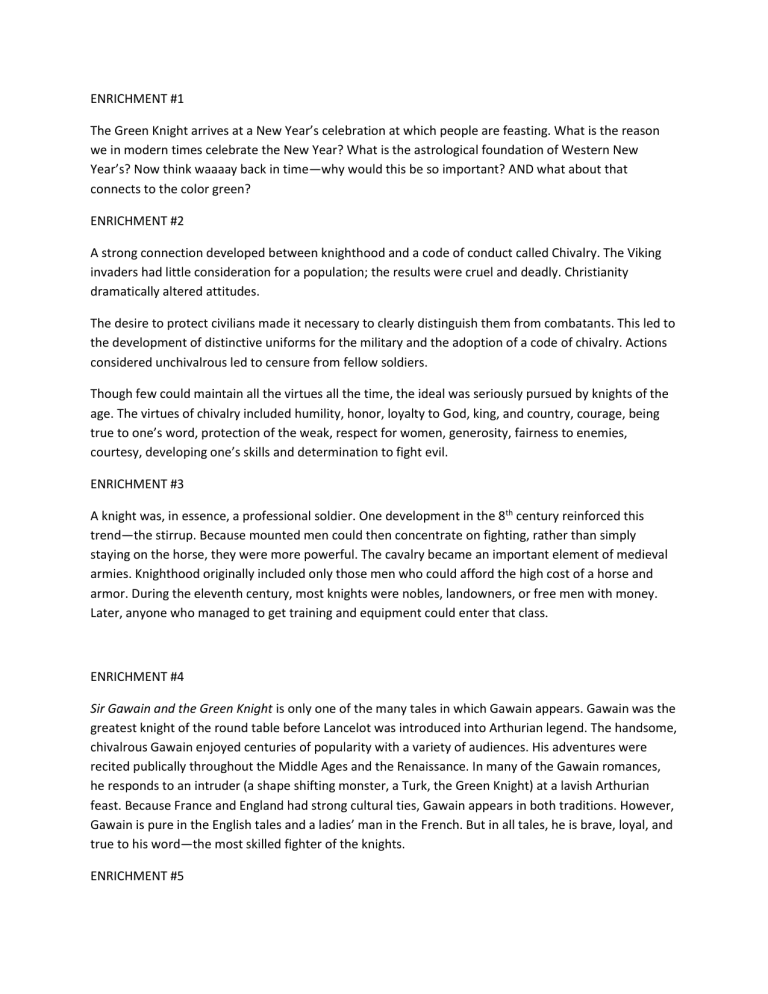
ENRICHMENT #1
The Green Knight arrives at a New Year’s celebration at which people are feasting. What is the reason we in modern times celebrate the New Year? What is the astrological foundation of Western New
Year’s? Now think waaaay back in time—why would this be so important? AND what about that connects to the color green?
ENRICHMENT #2
A strong connection developed between knighthood and a code of conduct called Chivalry. The Viking invaders had little consideration for a population; the results were cruel and deadly. Christianity dramatically altered attitudes.
The desire to protect civilians made it necessary to clearly distinguish them from combatants. This led to the development of distinctive uniforms for the military and the adoption of a code of chivalry. Actions considered unchivalrous led to censure from fellow soldiers.
Though few could maintain all the virtues all the time, the ideal was seriously pursued by knights of the age. The virtues of chivalry included humility, honor, loyalty to God, king, and country, courage, being true to one’s word, protection of the weak, respect for women, generosity, fairness to enemies, courtesy, developing one’s skills and determination to fight evil.
ENRICHMENT #3
A knight was, in essence, a professional soldier. One development in the 8 th century reinforced this trend—the stirrup. Because mounted men could then concentrate on fighting, rather than simply staying on the horse, they were more powerful. The cavalry became an important element of medieval armies. Knighthood originally included only those men who could afford the high cost of a horse and armor. During the eleventh century, most knights were nobles, landowners, or free men with money.
Later, anyone who managed to get training and equipment could enter that class.
ENRICHMENT #4
Sir Gawain and the Green Knight is only one of the many tales in which Gawain appears. Gawain was the greatest knight of the round table before Lancelot was introduced into Arthurian legend. The handsome, chivalrous Gawain enjoyed centuries of popularity with a variety of audiences. His adventures were recited publically throughout the Middle Ages and the Renaissance. In many of the Gawain romances, he responds to an intruder (a shape shifting monster, a Turk, the Green Knight) at a lavish Arthurian feast. Because France and England had strong cultural ties, Gawain appears in both traditions. However,
Gawain is pure in the English tales and a ladies’ man in the French. But in all tales, he is brave, loyal, and true to his word—the most skilled fighter of the knights.
ENRICHMENT #5
In the Middle Ages, part of the population was highly educated, but many were not educated at all.
Because producing a single book involved a great deal of work, most books were designed to appeal to both groups and had extensive illustrations to accompany the text. Books were laboriously copied by hand. Most medieval manuscripts were created by monks, who beautifully hand lettered each page before turning them over to illuminators. An illuminated manuscript had highly decorated initial letters and ornate borders in all the margins and it included little paintings called miniatures. All were painted in bright colors and real gold. These manuscripts were produced on vellum—treated and stretched calfskin. Although expensive—they were beautiful and long lasting.
ENRICHMENT #6
The conclusion of GGK reflects a common theme of Arthurian legends—reconciliation and redemption.
In the tales, King Arthur’s knights battle evil kings or knights and then show them kindness, at which point they realize that virtue and civilization are better than evil and barbarity, vow allegiance to Arthur, and usually join the Round Table. In some stories, hideous hags are transformed into beautiful maidens by the breaking of spells. In others, individuals are freed from prisons. Throughout these stories, the real quest is how to get the unknown, the threatening, the wild in line with civilized, idealized chivalric society. While much of this obviously reflects the influence of the church and Christian ideals of redemption and forgiveness, it also reflects the emergence of society from barbarity. Just as knighthood reflected a change from unrestrained Viking carnage, society as a whole was struggling to move away from brutality and survival toward refinement and civilization.
